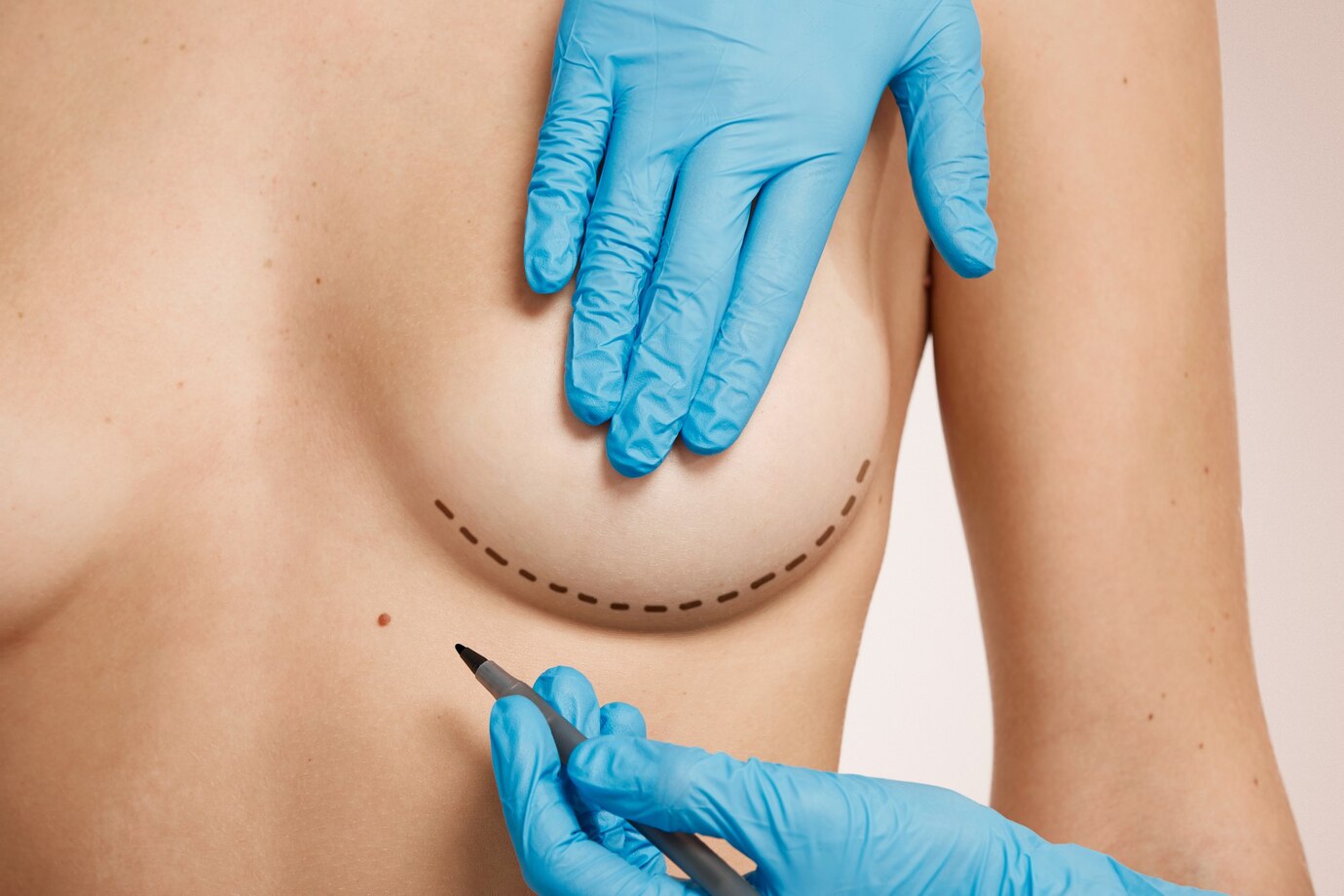Breast augmentation surgery has become one of the most sought-after procedures in cosmetic surgery. Women seeking to enhance their breast size or restore volume after pregnancy, weight loss, or aging often face a key decision: should they opt for silicone implants or fat injection (fat transfer)? Both options have their benefits, but understanding the differences is essential for making an informed decision about which method best suits individual needs and preferences.
Silicone Implants: A Reliable and Popular Option
Silicone implants have been a staple in breast augmentation for many years. They are made from a silicone shell filled with silicone gel, which closely resembles the feel and texture of natural breast tissue. This makes silicone implants a popular choice for those seeking a more natural look and feel.
Advantages of Silicone Implants:
- Long-Lasting Results: Silicone implants are known for their durability. They are designed to last for many years without requiring replacement, although regular check-ups are advised to ensure they are in good condition.
- Predictable Results: Silicone implants come in various shapes and sizes, allowing for highly customizable results. Surgeons can select the best implant size and shape to achieve the desired aesthetic.
- Natural Feel: The silicone gel inside the implants is soft and cohesive, mimicking the feel of natural breast tissue. This makes them an ideal option for women who desire a fuller, more natural look and feel.
- Variety of Options: Silicone implants come in different profiles and shapes, including round and teardrop (anatomical). This allows for customization depending on the patient’s body type and desired outcome.
Disadvantages of Silicone Implants:
- Surgical Risks: As with any surgery, there are potential risks, including infection, scarring, and changes in nipple sensitivity. However, complications are rare when performed by an experienced surgeon.
- Implant Maintenance: Though silicone implants are durable, they may require replacement or removal over time due to complications such as rupture or capsular contracture (scar tissue around the implant).
Fat Injection (Fat Transfer): A More Natural Alternative
Fat injection, also known as fat transfer or autologous fat grafting, is another option for breast augmentation. In this procedure, fat is liposuctioned from areas such as the abdomen, thighs, or flanks and then purified and injected into the breast tissue to enhance volume and shape.
Advantages of Fat Injection:
- Natural Source: Fat transfer uses your body’s own fat, meaning there is no foreign material involved. This makes it a natural option for those who prefer to avoid implants or are concerned about silicone materials.
- No Risk of Implant Rupture: Since there are no implants involved, there is no risk of rupture or complications such as capsular contracture.
- Dual Benefit: Fat transfer not only enhances breast size but also allows for body contouring. Areas with excess fat, such as the abdomen or thighs, can be treated with liposuction, offering a double benefit—improving both breast volume and body shape.
- Minimal Scarring: Because fat is injected through tiny incisions, the scarring is minimal compared to traditional breast augmentation surgeries.
Disadvantages of Fat Injection:
- Limited Volume Increase: Fat transfer can provide a modest increase in breast size. For those desiring a significant size enhancement, silicone implants may be a more effective option.
- Resorption of Fat: Not all of the fat injected into the breasts will survive. Some of it may be naturally absorbed by the body over time, which means the final results might not be as long-lasting as with silicone implants. Multiple sessions may be required for optimal results.
- Requires Adequate Fat Supply: Fat transfer is only suitable for women with enough body fat to undergo liposuction. Those with a very slim physique may not be candidates for this procedure.
Which Option Is Right for You?
Both silicone implants and fat injection offer unique advantages, and the best choice depends on several factors, including:
- Desired Outcome: If you are looking for a significant increase in breast size, silicone implants may be the better choice. If you’re seeking a more natural look and are comfortable with a moderate increase in volume, fat injection may be ideal.
- Body Type: Fat transfer requires a certain amount of body fat for liposuction, so it may not be suitable for those who are too slim. Silicone implants, however, can work for virtually any body type.
- Long-Term Commitment: Silicone implants can provide a permanent result with little maintenance (except for periodic check-ups). Fat transfer, while natural, may require touch-up procedures over time as some fat is reabsorbed by the body.
- Health and Safety Considerations: Both procedures are generally safe, but individual health conditions and preferences should be discussed with a qualified surgeon. Your surgeon will help you choose the option that best aligns with your goals and medical history.
